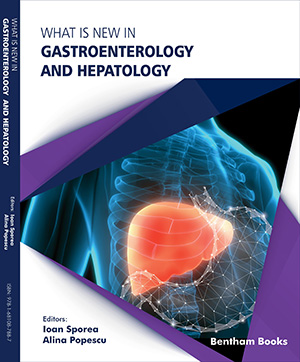Abstract
Videocapsule endoscopy is a non-invasive and important innovation in diagnostic endoscopy. This technology was first launched in 2000 and it has been widely used by gastroenterologists worldwide. This method requires the patient to swallow a miniature high-resolution camera which will pass through the digestive tract, while transmitting images to the recorder in order to be evaluated. It has its main advantages which are the non-invasiveness, and the possibility to yield a diagnosis in severely ill patients who cannot support invasive endoscopy procedures, but it also has disadvantages which include the impossibility to perform a biopsy or other therapeutic procedures. Over the years, this method has been revolutionized by not only approaching the small bowel, but also the esophagus and the colon. This chapter will also discuss the application of the esophagus capsule as well as the colon capsule. There are multiple indications for which patients can be referred to videocapsule endoscopy. The most frequent cause of referral to capsule endoscopy is the obscure GI bleeding, but it may be used in detecting small intestine polyps or tumors, searching for the cause of iron deficiency anemia or reviewing the extension of Crohn’s disease. The main risk of this method is represented by retention which is also minimal.
Keywords: Anemia, Crohn’s disease, Non-invasive, Obscure bleeding, Small intestine, Technology, Tumors, Videocapsule endoscopy.






















